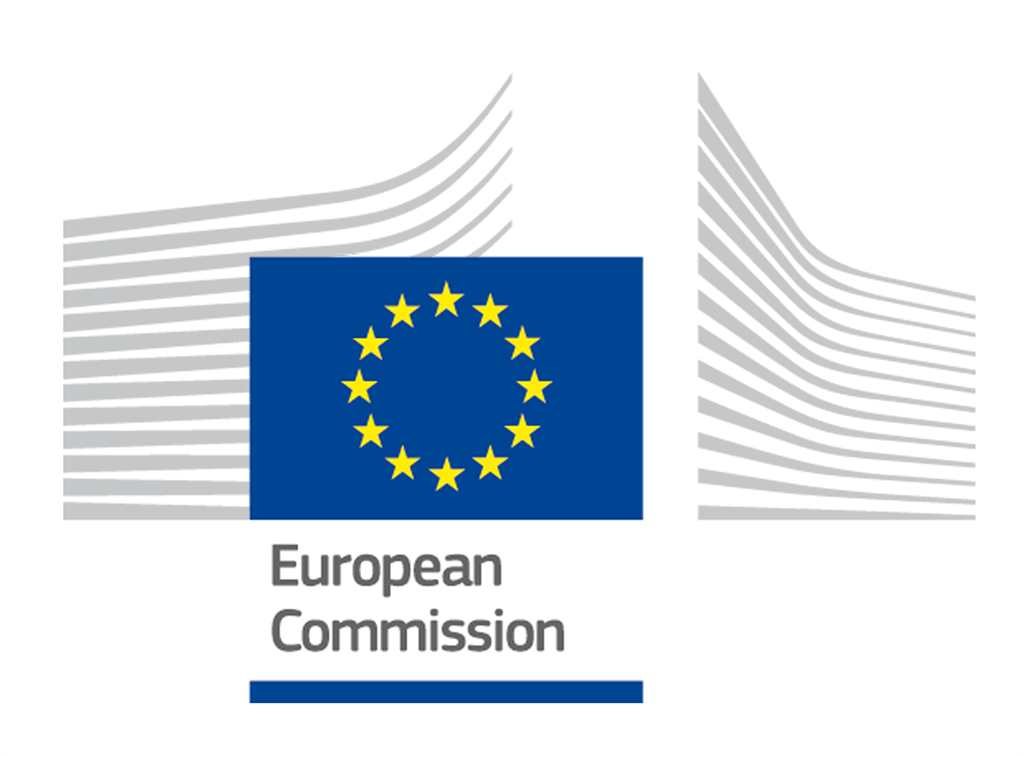Community / Land projects / Global Opportunities for Long-term Development of ASGM in Sierra Leone
Global Opportunities for Long-term Development of ASGM in Sierra Leone

€2487808.244
08/23 - 08/23
Completed
This project is part of
Implementing Organisations
Donors
Data Providers
Objectives
To reduce the use of mercury in the ASGM sector in Sierra Leone through a holistic, multisectoral integrated formalization approach, and increasing access to finance leading to the adoption of sustainable mercury-free technologies and access to traceable gold supply chains.
Other
Note: Disbursement data provided is cumulative and covers disbursement made by the project Agency.
Target Groups
ASGM is characterized by the use of mercury, which has heavy environmental consequences on the environment and local communities. It is used to extract gold by putting it into contact with sediments containing gold, or crushed ore. The amalgam formed (a mixture of 50% mercury and 50% gold) is then heated through rudimentary methods to evaporate the mercury and leave the gold behind. During mining and processing activities by ASGM, mercury losses to the environment occur at two stages, the amalgamation process, and the amalgam roasting process.Sustainable livelihoodsThe improved gold processing and enhanced formalization of the ASGM sector will serve to alleviate poverty, improve living conditions, and stimulate job creation. The use of free-mercury technology can not only reduce the amount of mercury used but can also significantly reduce the time required to process ores, and increase gold capture and gold recovery, leading to higher income and improvement of livelihoods. Improving the gold mining sector can be a solution for job creation, particularly for young people. Furthermore, livelihood improvement will strengthen the existing positive economic spillover effect by creating demand for other goods and services in the area.Formalization of the sector will contribute to strengthening the regulation of the gold and mercury trade in order to reduce the illicit trade of mercury and gold smuggling that in most cases is traded by informal actors. Furthermore, it will improve gold trade transparency at a national scale, promote the formal market transaction and enhance the opportunity for the miners’ and traders’ organizations to access assistance, financial education, as well as financial support to expand their business. The formalization also contributes to the rise of the government’s revenue from the tax resulting in higher financial resources to support the development programs. Improvement of health conditions Enhancing the responsible gold mining process and promoting mercury free technologies will lead to the improvement of the health of ASGM miners as a result of the reduction of diseases associated with mercury exposure. The reduction of mercury will lower the mercury contamination in soil, river, and air which will benefit communities living near mining sites. Through awareness raising campaign, it is expected to increase the knowledge and change their behavior towards the danger of mercury use in gold processing. It will reduce the incidence of water-borne diseases that can be triggered by open mining pits. The mercury burnt in the open air that was observed in AGM activities in Baomahun village in Valunia chiefdom, for example, can be avoided through mercury-free technology use and awareness raising among miners. Biodiversity and climate securityImprovement of gold mining practices promoted by ASGM formalization, and improved mining regulation and monitoring from relevant authorities will engage miners to comply with environmental standards in their operations, including conducting an environmental impact assessment on the site before the exploitation and restoration of lands after the mining is completed.This project will enhance the capacities of relevant stakeholders, particularly ASGM miners and MDAs, on environmental challenges, such as land rehabilitation, mercury use, and forest-smart mining. Mining practices using heavy-duty machinery such as excavators and caterpillars, as observed in Kholifa Rowalla chiefdomand the mining site in Nemima village, located close to a stream that supplies the site with water, can bring detrimental consequences to the environment, such as land degradation and mercury-contaminated river, threatening human health and freshwater ecosystems.Responsible mining practices are closely related to land, freshwater, and forest conservation. Avoiding mining practices in the forest and areas with high conservation value, maintaining the forest cover around the riverbanks, as well as eliminate the mercury contamination in the water, soil, and air will lead to long-term impacts on biodiversity conservation, including emission reduction, and mitigate the climate-related disaster (flood, landslides, fire, etc.) that could be exacerbated by unresponsible mining practices. Gender equality This project emphasizes gender equality and women empowerment throughout all its components. It seeks to improve the equal participation of women in the mining sector, including decision-making process, leadership position, active involvement in gold value chains, an improvement in working conditions, equal wages, and safety for women in mining practice, encourage women’s mining association, as well as access to mercury-free technology, market, and financial services. It has to be promoted through legislation or traditional regulation at the district or sub-district level to pull down the traditional barriers reflected in gender and relationship norms. Child Labour By promoting the formalization of the ASGM sector and better mining practices, child labour, which is a practice often found on gold mining sites, will be prevented. Eliminating child labor in the ASGM sector will have long-term outcomes as it will ensure the children's right to seek education, reduce the threat of mercury-related diseases, and avoid heavy labor, and a dangerous environment for children.



